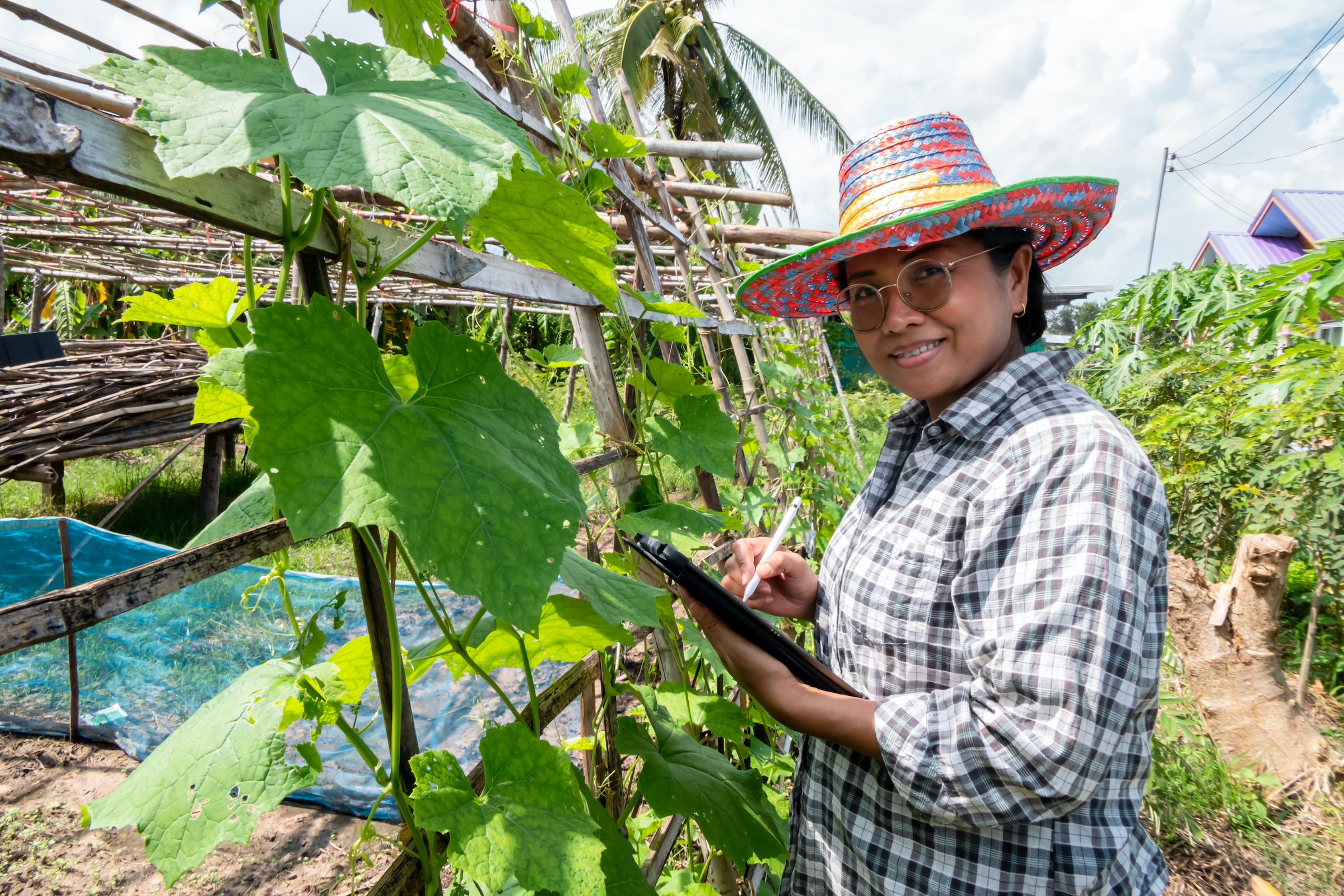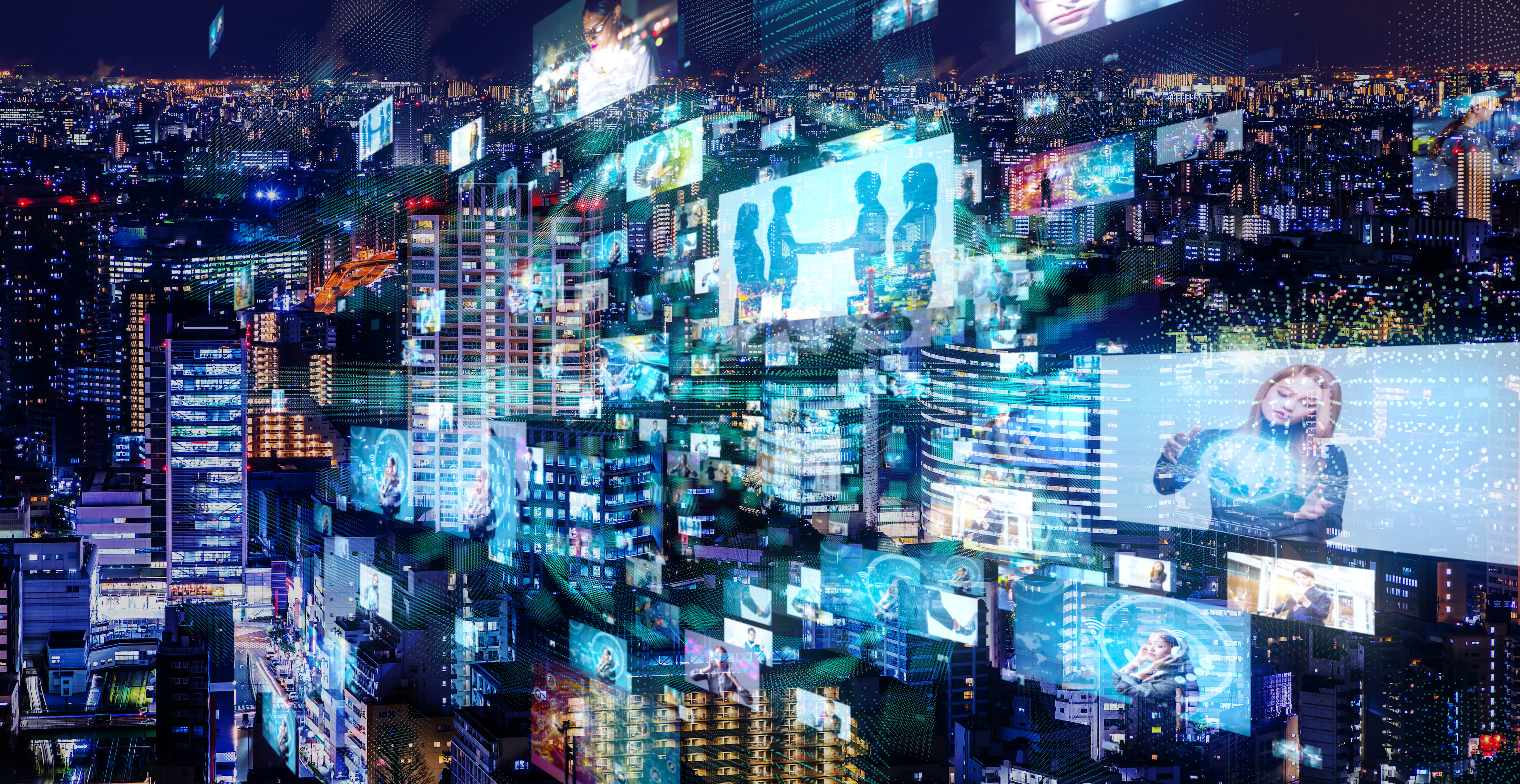Every day, the digital technologies around us make a difference in almost everything we do: education, work, entertainment, war and peace, how we keep in touch, politics, socialising, banking, services, shopping and so on. It’s challenging to think of something in your life that has not been affected by digital technology. Indeed, its influence is only expanding.
Several years ago, I was asked by the European Commission to work on that impact. At the time, we were trying to understand how digital technology was going to affect ordinary European citizens’ lives. I had to find a way of expressing this new kind of experience.
I still remember I was next to a river trying to think of a keyword that captured the essence of this new experience, something between being online and being offline. Suddenly, it became apparent: we can call that experience “onlife”, as a single word. The term has this mixed nature of being both online and offline at the same time. It also contains a kind of joke about life.


